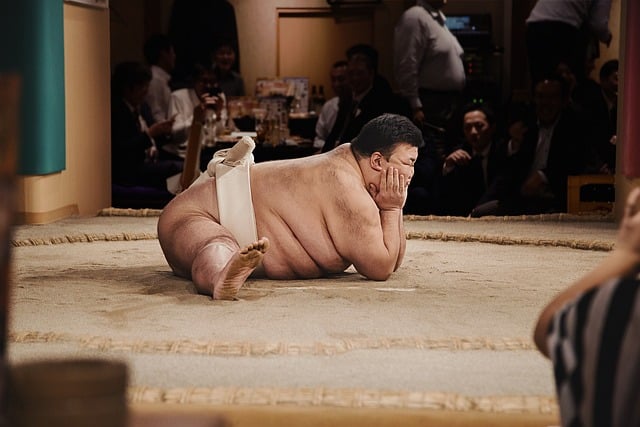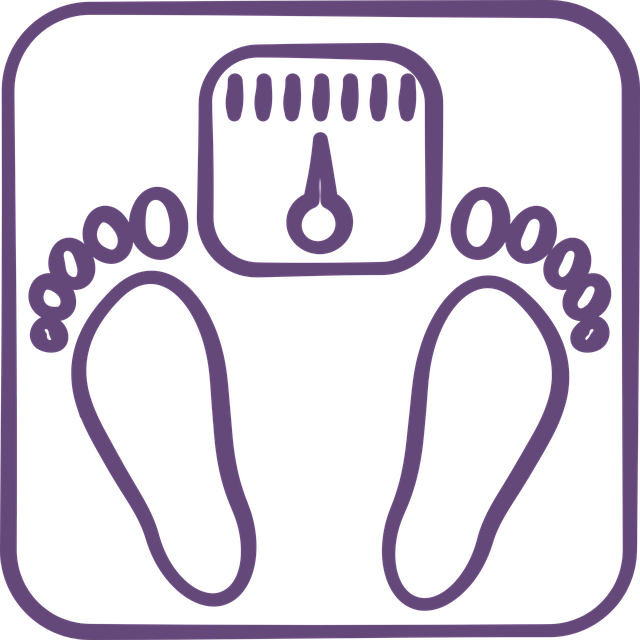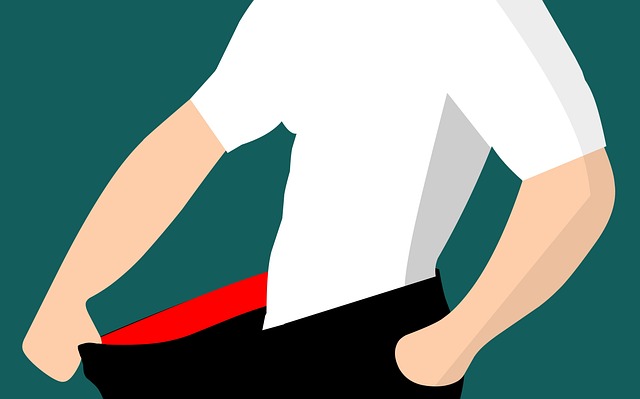Fat cell freezing (cryolipolysis) is a non-invasive body contouring treatment that targets and freezes specific fat cells, making them crystalize and eventually die. This method leverages the fact that fat cells are more vulnerable to cold than other cells. The procedure involves precise temperature control to achieve sub-zero temperatures, effectively reducing stubborn fat in areas like love handles, abdominals, and inner thighs. Choosing a reputable clinic with certified staff is crucial for safety and effectiveness. Preparation includes consultations, maintaining a healthy lifestyle, hydration, and avoiding strenuous activities before the treatment. Post-procedure care involves hydration, diet, light activity, and regular follow-ups to achieve and maintain desired results while minimizing potential risks like cryo-injury, swelling, bruising, and temporary numbness.
“Fat cell freezing, a revolutionary non-invasive procedure, offers a promising path towards achieving your body goals. This article delves into the science behind fat cell freezing, exploring its benefits for safe and effective weight management. We guide you through the process, from understanding the technology to choosing the right clinic and preparing for the treatment. Learn about the experience during and after the procedure, potential risks, and long-term results, empowering you to make an informed decision regarding this game-changing fat reduction solution.”
Understanding Fat Cell Freezing: The Science Behind It

Fat cell freezing, also known as cryolipolysis, is a non-invasive procedure that aims to reduce stubborn fat by targeting and freezing specific fat cells. This science-backed approach leverages the principle that fat cells are more vulnerable to cold than other cell types in the body. During the treatment, a cooling technology is applied to the problem areas, causing the fat cells to crystallize and eventually die. The body then naturally processes and eliminates these damaged cells, leading to reduced fat in the treated areas.
The science behind fat cell freezing involves precise temperature control and targeted application of cold. Modern devices use controlled cooling to reach and maintain sub-zero temperatures, ensuring only the fat cells are affected while preserving surrounding tissues. This method is especially effective for areas like love handles, abdominal fat, and inner thighs where traditional dieting and exercise may not yield desirable results. As a safe and non-surgical alternative, fat cell freezing offers a convenient way to achieve aesthetic improvements and enhance overall body contour.
Benefits of Safe and Effective Fat Freezing Treatments

Fat cell freezing, also known as cryolipolysis, offers a non-invasive and safe solution for those looking to reduce stubborn fat. One of its key benefits is minimal downtime and recovery time compared to surgical procedures like liposuction. This makes it an attractive option for individuals with busy schedules who still desire body contouring results.
The process targets and crystallizes fat cells, causing their breakdown and subsequent removal by the body’s natural processes. As a result, it not only helps in reducing fat in specific areas but also promotes a smoother, more toned appearance without any incisions or extensive healing required.
Choosing the Right Clinic for Your Fat Freezing Journey

Choosing the right clinic is a pivotal step in your fat freezing journey. Look for facilities that specialize in non-invasive procedures, with experienced staff certified in fat cell freezing technology. Reputable clinics should offer transparent pricing and a comprehensive consultation to assess your goals and suitability for the procedure. Check their reviews and ask for patient testimonials to gauge their track record and patient satisfaction.
Ensure the clinic adheres to strict hygiene standards and uses state-of-the-art equipment for safety and effectiveness. Confirm if they provide post-procedure care instructions and follow-ups to address any concerns or side effects. A supportive environment that prioritizes your comfort and well-being throughout the process is essential for a successful fat freezing experience.
Preparations Before Undergoing Fat Cell Freezing

Before undergoing fat cell freezing, it’s crucial to prepare both physically and mentally. This involves several steps to ensure optimal results and minimal discomfort. Firstly, consult with a qualified healthcare professional or a dermatologist who specialises in non-invasive procedures. They will assess your medical history, current health status, and determine if fat cell freezing is suitable for you. This consultation also provides an opportunity to ask questions and understand the procedure better.
Additionally, maintain a healthy lifestyle leading up to the treatment. This includes a balanced diet and regular exercise, which can aid in reducing overall body fat percentage and improving circulation. On the day of the procedure, ensure you are well-hydrated as staying hydrated is essential for optimal fat cell freezing outcomes. Avoid strenuous activities or excessive sun exposure before the treatment to prevent any skin irritation that might compromise the process.
What to Expect During and After the Procedure

During the fat cell freezing procedure, patients can expect a series of steps designed to ensure comfort and safety. The process typically begins with consultation and preparation, followed by application of a cooling device to targeted areas. You may experience a sensation of coldness or discomfort, but modern technology aims to minimize these feelings. The cooling device freezes and destroys fat cells while preserving surrounding tissue. After the procedure, it’s common to feel mild swelling, bruising, or numbness in the treated areas, which usually subside within a few days.
Post-procedure care is crucial. Patients are advised to stay hydrated, maintain a healthy diet, and engage in light activity as recommended by their healthcare provider. It’s important to remember that results take time; it may take several weeks to see noticeable changes as the body naturally processes and eliminates frozen fat cells. Regular follow-up appointments help monitor progress and address any concerns.
Potential Risks, Side Effects, and How to Manage Them

While fat cell freezing is a non-invasive and popular body contouring method, it’s crucial to be aware of potential risks and side effects. One common concern is cryo-injury, which can occur if the cold temperature damages surrounding tissues. This may lead to temporary numbness, tingling, or redness at the treatment site. Additionally, some individuals might experience swelling, bruising, and discomfort after the procedure.
To manage these side effects, patients should follow their healthcare provider’s instructions diligently, including applying ice packs as recommended and avoiding strenuous activities for a period post-treatment. Close monitoring by a qualified professional is essential to ensure optimal results while minimising risks.
Maintenance and Long-Term Results: Keeping Your Results

Maintaining your fat cell freezing results requires a consistent approach post-procedure. While the initial treatment significantly reduces fat cells, ongoing care is essential to ensure long-term success. Regular exercise and a balanced diet are two key components in preserving your desired shape. Exercise helps burn calories and maintain muscle tone, while a healthy diet prevents weight regain by keeping metabolic rates optimized.
Additionally, staying hydrated and getting enough sleep are crucial for recovery and overall well-being. Avoiding extreme dieting or intense exercises immediately after fat cell freezing is also important to prevent cellular damage and ensure the longevity of your results. Consistent self-care and adherence to post-procedure guidelines will help you enjoy the benefits of fat cell freezing for years to come, showcasing a trimmer and more defined physique.
